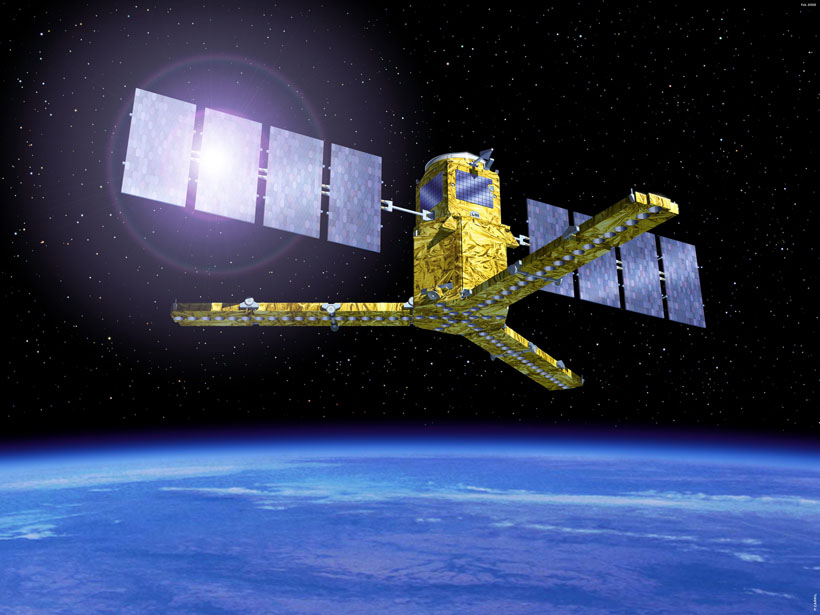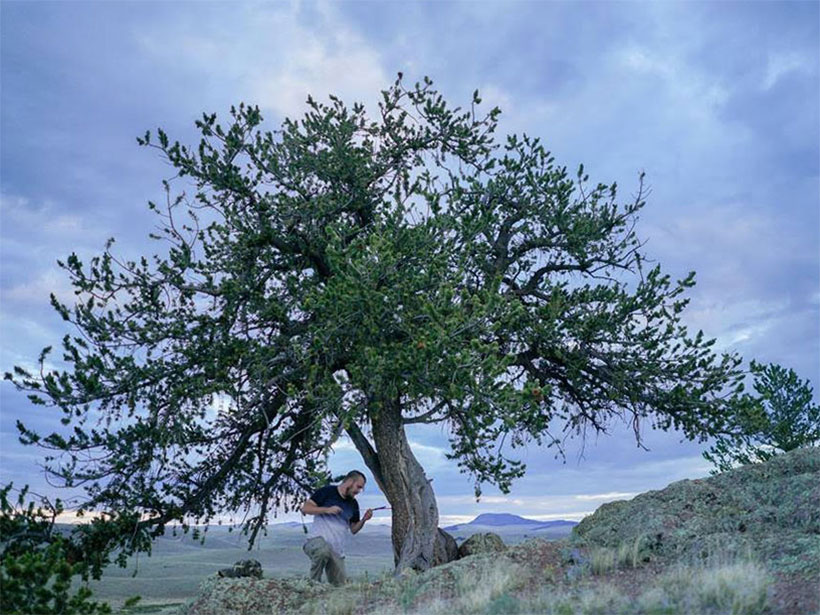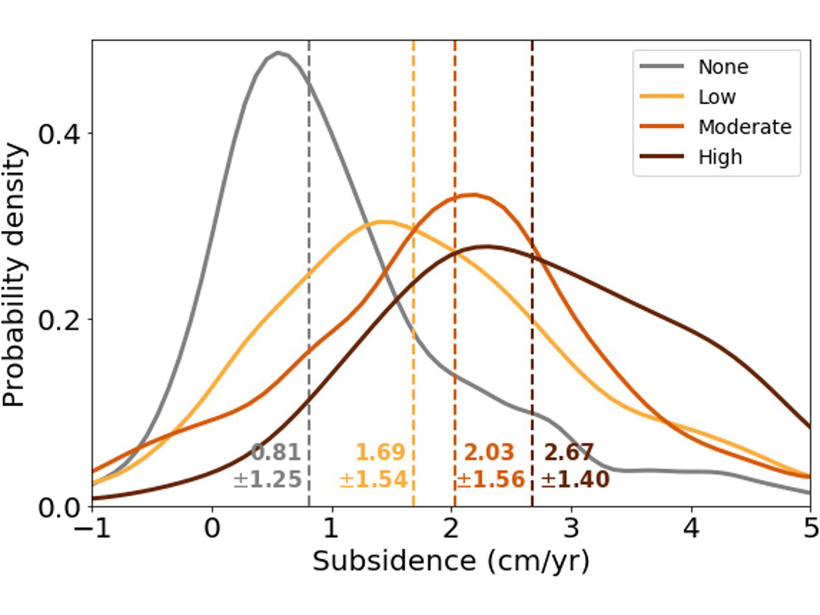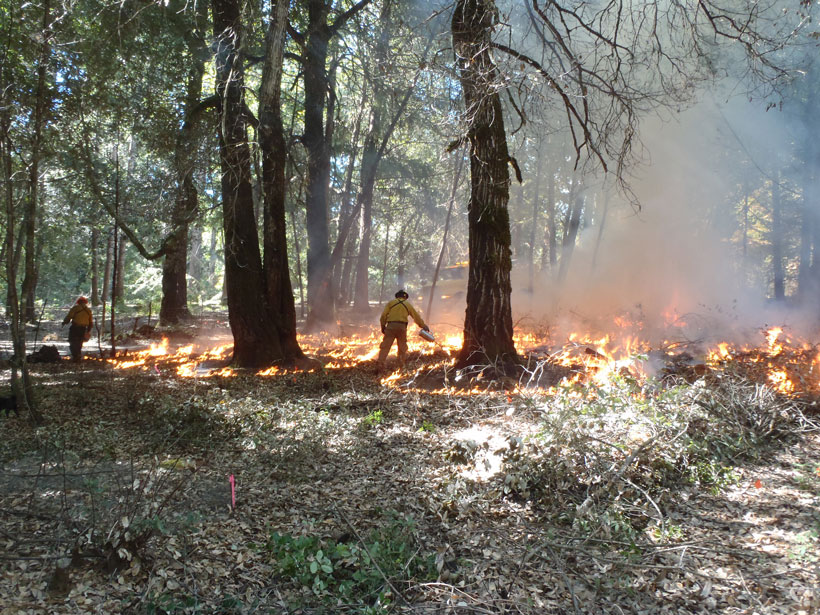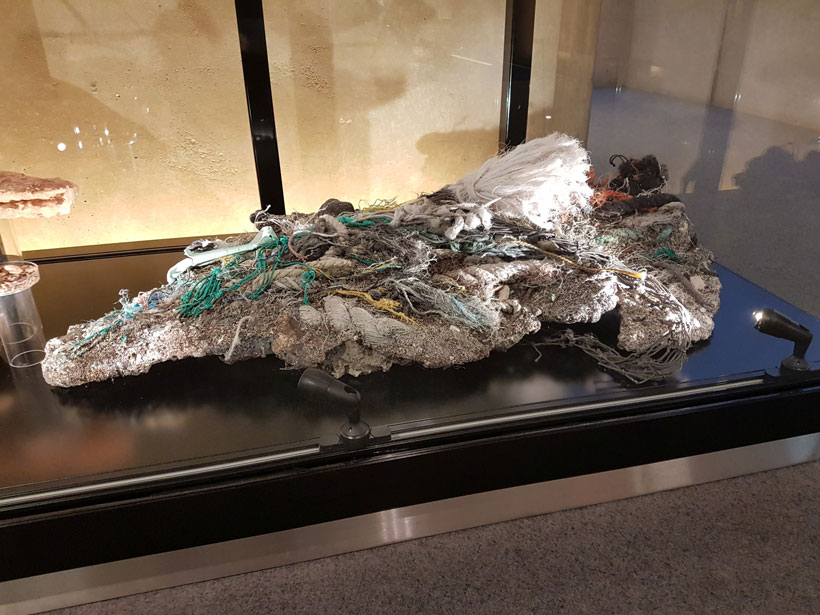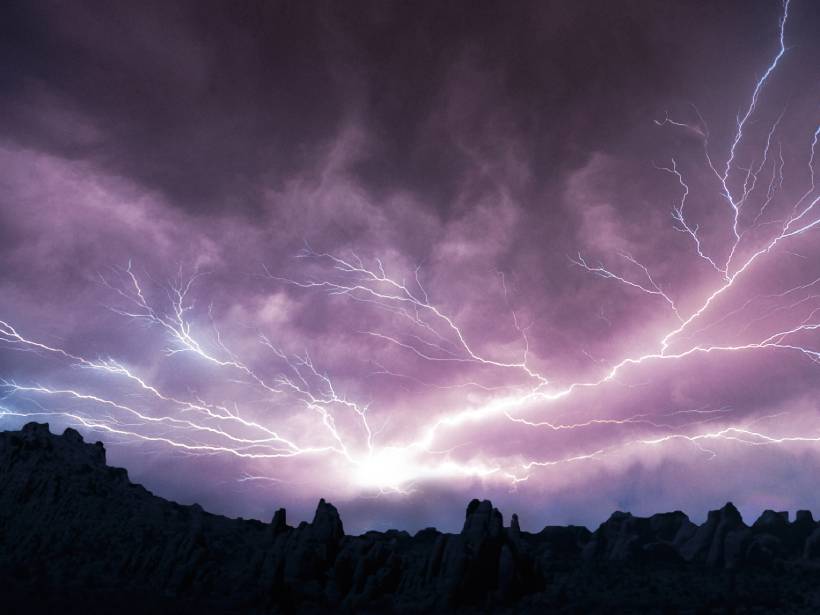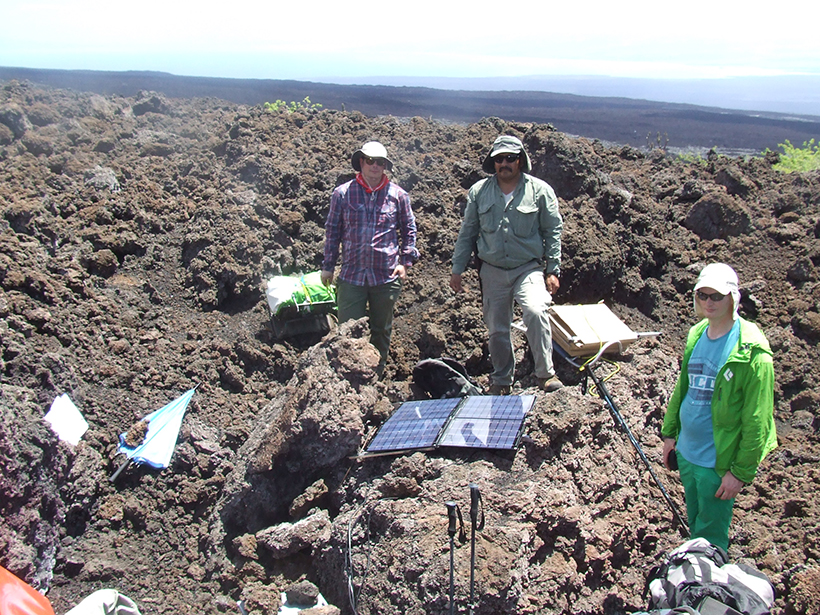Research is increasingly showing how drought, heat, and wildfire influence each other. Ongoing collaborations provide templates for how best to study these phenomena and plan for their future impacts.
2021 CC BY-NC-ND
Observing the Sun via Soil Moisture Measurements
Solar radio bursts are background noise for satellite-based radio observations that monitor soil moisture, so, with appropriate processing, those observations can provide data on radio bursts.
Podcast: What Tree Rings Can Tell Us About the U.S. Civil War
Climate change–induced drought may have had an influence on the Civil War.
Ancient, Acidic Lakes May Have Harbored Life
A new analysis of South African sediments hints that acidic lakes may have leached minerals necessary for biotic life.
Red Rocks: Using Color to Understand Climate Change
A recent study on hematite formation during the Triassic may help predict the effects of climate change on contemporary monsoonal environments.
SE Asia Peatlands Subsidence Tied to Drainage Density
Human-made channelization significantly accelerates peat decomposition and drives ground-surface deformation in tropical wetlands.
Fire as Medicine: Learning from Native American Fire Stewardship
For centuries, Indigenous peoples have worked to live in harmony with fire. Can integrating such cultural practices into contemporary wildfire management help prevent catastrophic wildfires?
The Difficulty of Defining the Anthropocene
Humans may be in a new geologic epoch—the Anthropocene—but different groups define its start at varied times. When should the Anthropocene have begun?
Arctic Lightning Up 300% in One 11-Year Study
The increase may be due to climate change, researchers suggest, but the trend hasn’t been observed in other lightning data sets.
Observing a Galápagos Volcano from Buildup to Eruption
Insights from a 13-year monitoring program of Sierra Negra—one of the many volcanoes that dot the Galápagos Islands—shed light on the volcanic evolution of basaltic eruption.


